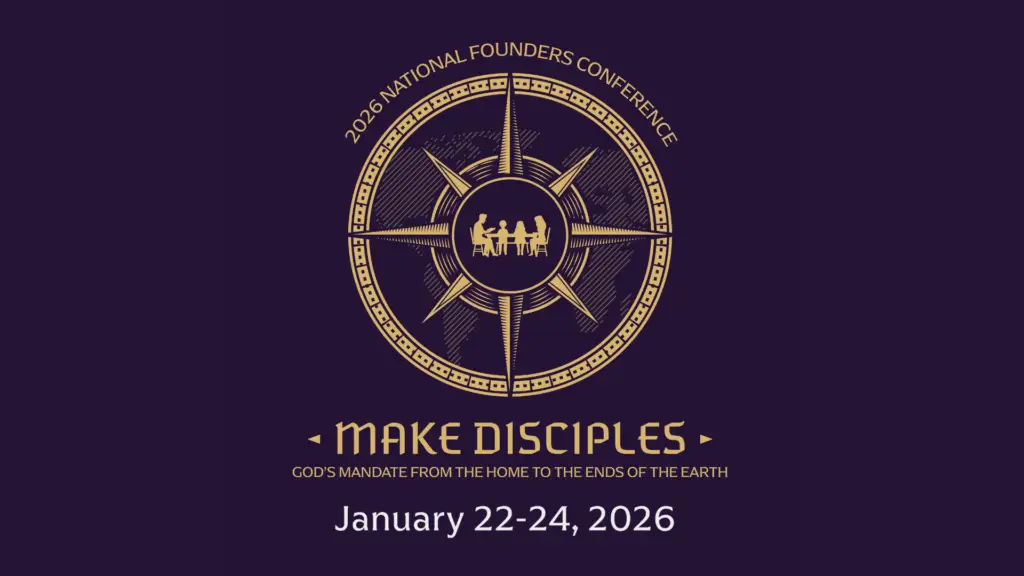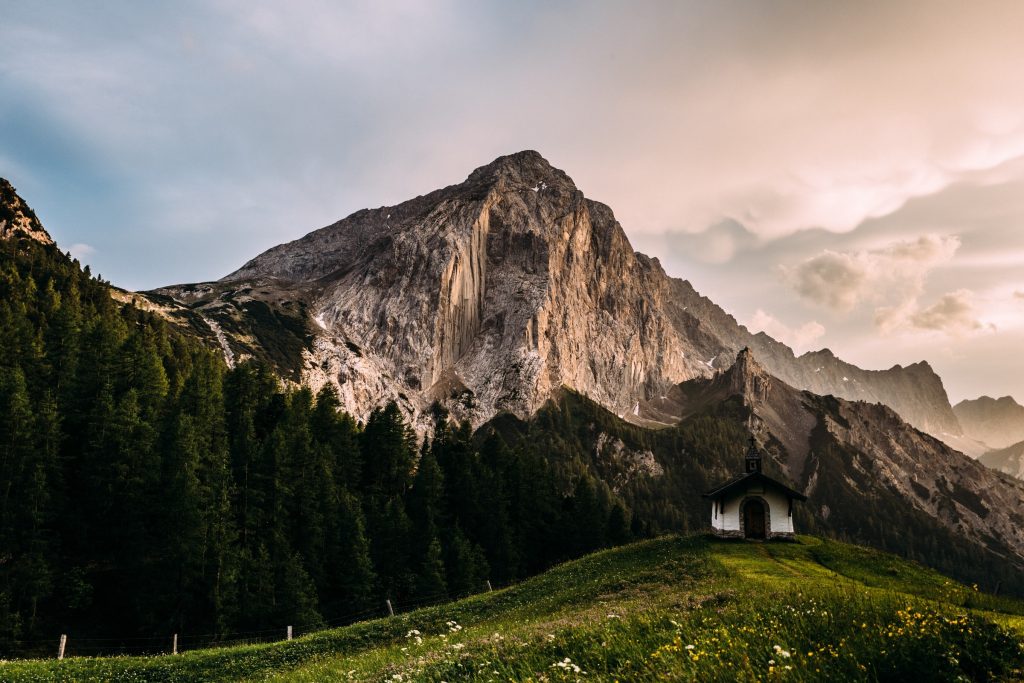At least through the first three centuries of Christian history, baptism was preceded by a statement of belief on the part of the person being baptized. Some confessions arose, therefore, as baptismal confessions, written for catechumens. The basic doctrines to be confessed are expressed in the writings of Ignatius, Irenaeus, Tertullian, Cyprian, Novatian, and Gregory and identified by Tertullian and Novatian as the “rule of faith.” This rule was Trinitarian in form beginning with God the Father and creation, continuing with God the Son and redemption, and God the Holy Spirit, “the sanctifier of the faith of those who believe in the Father and the Son and the Holy Ghost” (Tertullian, Against Praxeas).
As challenges to various parts of these confessions arose, more details were added. Christ’s resurrection and coming again, the person of the Holy Spirit, the resurrection and judgment of the righteous and the wicked, and the eternal state were given increasing prominence. When divergence became more sophisticated and subtle giving alternate understandings of the substance of these confessions, they were reasserted with explanatory language. Not only did these confessions reflect a maturing precision in biblical exegesis, but also began to establish a particular diction of acceptable language. As mentioned in a previous post, the Council of Nicea (325) confuted the subtleties of Arius. The confession developed in that context exposed his system as destructive of revealed truth, idolatrous in effect insisting that it was appropriate to worship a creature, and inadequate for a theology of redemption. Phrases were added that asserted the eternal paternity of God (“begotten, that is, of the essence of the Father”); the eternal generation of the Son (“begotten, not made”); the resultant sameness of essence between the Father and the Son (“of the same essence with the Father”); the true humanity of the Son including both true flesh and rationality (“came down and was made flesh and was made man”); and the necessity of these doctrines for salvation (“who for us men and for our salvation).
By 381 at a council in Constantinople, an expanded statement on the Holy Spirit was given. Again, we find not only a maturing interpretive framework but a careful construction of theological language. This statement assured Christians that, in light of scriptural affirmations concerning the Sprit and his essential relation to the Father and the Son, he was truly to be worshipped with Father and Son and that his mode of eternal relation in the Trinity was procession, not generation. “I believe in the Holy Ghost, the Lord and giver of life; who proceeds from the Father,[and the Son]; who with the Father and the Son together is worshiped and glorified; who spake by the prophets.”
At Chalcedon in 451, additional and more tightly constructed phrases concerning both the humanity and the deity of the Son were given, expressing biblical necessities and developing theological language introducing the controversial words, “mother of God according to the manhood.” This was given in such a manner based on Luke 1:43 (“Mother of my Lord”) while clinching the necessity of the unity of Christ’s person (“the distinction of natures being by no means taken away by the union, but rather the property of each nature being preserved, and concurring in one person and one subsistence, not parted or divided into two persons”).
This process of maturing exegesis leading to more precise theological language could be followed through the Reformation and into more contemporary confessions. The language, moreover, begins to serve a polemical purpose in addition to its being the matter of expression of personal faith. For example, brief confessions written in polemical situations would include the Articles of the Remonstrants compared to the Canons of the Synod of Dort. The important differences between Arminianism and Calvinism emerge in that conflict. This is a profitable use of confessions, for where substantive distinctions of viewpoint on the synthesis of biblical ideas exist, it is helpful that they are laid out succinctly.
As liberalism began to redefine virtually all of the orthodox doctrines of the Christian faith, the challenge for concerned observers was to find a distilled statement of Modernist thought on the major Christian doctrines. Shailer Mathews produced an “Affirmation of Faith” in his work The Faith of Modernism. He described modernism as the “de-theologizing of the Christian movement” with the glad result that “wide spread sectarianism will vanish and cooperation appear.” He looked upon positive formative doctrine as “ecclesiastical chauvinism” and saw modernism’s de-theologizing as constituting a “more intelligent attempt to put the attitudes and spirit of Jesus into the hearts of men.” As the doctrinal demands of Christianity decreased, “Christianity will grow more in its moral demands.” It is notable, not only because of its denials of historical orthodoxy, but because of its dismissal of any importance to theological persuasion and its consequent omission of the historic doctrinal formulations of orthodoxy. For example, on the Bible, Mathews wrote, “I believe in the Bible when interpreted historically, as the product and the trustworthy record of the progressive revelation of God through developing religious experience.” This makes every part of the Scripture malleable and open to correction by later experiences of the writers. It completely denudes the Bible of any propositional authority, changes the theological task from careful synthesis of an increasingly full body of truth into a literary testimony of religious experience. Instead of any robust affirmation of the Trinity, Mathews wrote, “I believe in God, immanent in the forces and processes of nature, revealed in Jesus Christ and human history as Love.” With no concern for and clear affirmation of the deity of Christ or the Chalcedonian formula of the person of Christ, Mathews was satisfied to state, “I believe in Jesus Christ, who by his teaching, life, death and resurrection, revealed God as Savior.” Though the confession is absolutely inadequate as a historic Christian confession of faith, it is good that such revisionism is stated unabashedly so that modernistic Christianity can be rejected as Christianity at all.
An example of a successful remedial confession was written in 1837 entitle The Auburn Declaration. This declaration led to a reunion of Old School and New School Presbyterianism in 1870. The “Declaration” stated succinctly and clearly the matured understanding of New School theologians on sixteen areas of doctrine that had been identified as departures from the Westminster standards. For example, some lack of clarity on regeneration on the part of earlier New School revivalists led to this clarification: “Regeneration is a radical change of heart, produced by the special operations of the Holy Spirit, ‘determining the sinner to that which is good,’ and is in all cases instantaneous.” Tensions on the issue of imputation led to the careful delineation of terms and eventually was deemed as an acceptable perception of imputation: “The sin of Adam is not imputed to his posterity in the sense of a literal transfer of personal qualities, acts, and demerit; but by reason of the sin of Adam, in his peculiar relation, the race are treated as if they had sinned. Nor is the righteousness of Christ imputed to his people in the sense of a literal transfer of personal qualities, acts, and merit; but by reason of his righteousness in his peculiar relation they are treated as if they were righteous.” Although every turn of phrase in the document might not have answered every concern of every person, the “Declaration” was so carefully stated that its doctrinal clarity and orthodoxy justified the 1870 reunion. Confessions can serve to give clarity to apparent polemical disparity.
Given this kind of variety of expressions and the way in which confessions can reveal fissures or heal divisions, their doctrinal formulations lead to more careful and expanded doctrinal exposition of the word of God. The development of confessions warns us against errors to avoid in our exposition and expands the way in which revealed truth set in a doctrinal framework can enhance our understanding of the significance of individual texts. So, when Jesus says, “Why do you call me good? There is none good but God” (Mark 10:18), do we conclude that Jesus was disclaiming deity? The confessional synthesis achieved in careful attention to the flow of biblical texts serves as a helpful guide in interpreting such a text. Jesus was, in fact, drawing attention to the reality that he alone was truly good, and thus God, and that true goodness was defined by revealed law. Perfect obedience to that would constitute his own righteousness as the Messiah and would be the only means by which the rich young ruler could inherit eternal life.
































